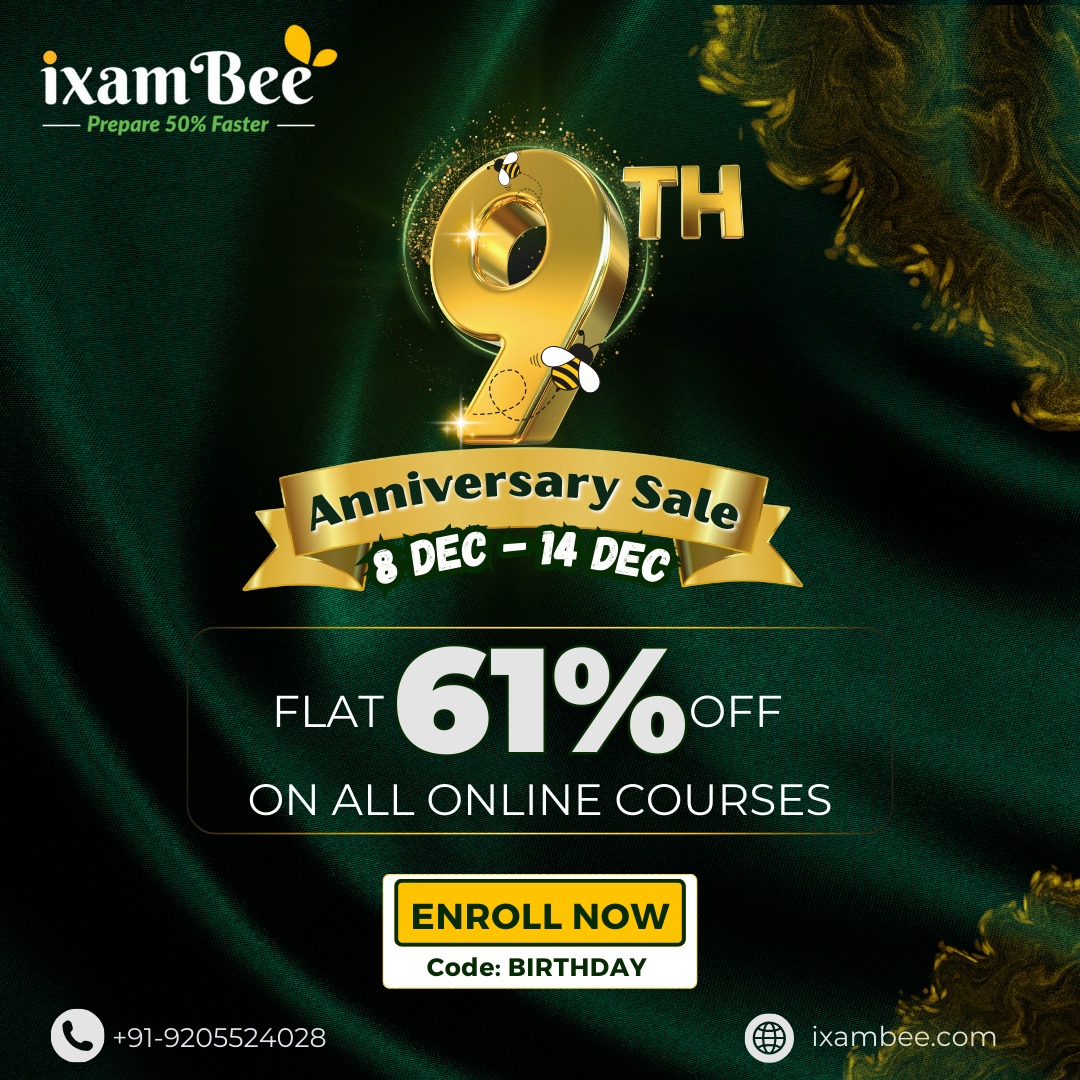Question
His modern-day company is a shaft (A) of light into a
world he once straddle (B) with an unprecedented (C) combination of foppishness (D) and fear tactics. In each question below, four words printed in bold type are given. These are numbered (A), (B), (C) and (D). One these words printed in bold might either be wrongly spelt or inappropriate in the context of the sentence. Find out the word that is inappropriate or wrongly spelt, if any. The number of the word is your answer. If the words printed in bold are correctly spelt and appropriate in the context of the sentence then mark (E), i.e. 'All Correct', as your answer.Solution
Since we are talking about a past thing, by using ‘once’, ‘straddled’ is correct. His modern-day company is a shaft of light into a world he once straddled with an unprecedented combination of foppishness and fear tactics.
Select the option that is related to the third word in the same way as the second word is related to the first word .
Current: Ampere :: Frequen...
Four number pair have been given, out of which three are alike in a certain way and one is different. Select the one that is different. (NOTE: Operation...
Which of the answer figures is the exact mirror image of the given problem figure when the mirror is held at the right side?
Problem figures:
...How is Q related to N’s child in ‘N@P$O@Z#Y$Q’?
In the following question, select the missing number of the given series.
44, 72, 128, 240, ?, 912
Three of the following four letter-clusters are alike in a certain way and one is different. Pick the odd one out.
Two statements are given below and they are labelled as Assertion (A) and Reason (R).
Assertion (A):
Graphite is used in designing of carb...
Study the given pattern carefully and select the number that can replace the question mark (?) in it.
First row: 42, 54, 39
Second row: 78...
Who sits second to the right of Q?
Select the option in which the numbers are related in the same way as are the numbers of the following sets.
(52, 13, 8)
(96, 16, 12) �...



